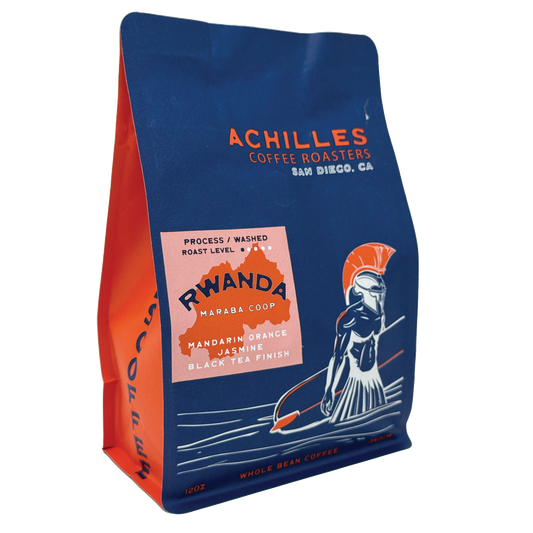In our previous blog article we discussed the steps of the Anaerobic Natural process of our Nestor Lasso Chiroso offering. In the first step we mentioned a term which doesn’t get much attention when discussing coffee. Roast levels, processing, tasing notes and origin are common terms, but it is likely few coffee drinkers have heard the term Brix measurement in coffee cherries.
Brix is a measurement used to determine the sugar content in a liquid, and in relation to coffee, it is used primarily to measure the sugar concentration in the coffee cherries before harvesting. It can also be applied to brewed coffee to assess extraction levels. Here’s how Brix relates to coffee:
1. Brix Measurement in Coffee Cherries:
- Sugar Content in Coffee Cherries: Brix is used by coffee farmers to assess the ripeness and sugar content of coffee cherries. The Brix scale measures the percentage of dissolved solids (primarily sugars) in a liquid. For example, a reading of 20 Brix means that 20% of the liquid is composed of sugars. Our Nestor Lasso Chiroso is picked at 24-26 Brix.
- Optimal Harvest Timing: Coffee cherries with higher Brix readings generally indicate higher sugar levels, which can lead to better flavor development in the final cup. Farmers use refractometers to measure the Brix levels of the juice from the cherries, helping them determine the best time to harvest for optimal sweetness and flavor.
- Impact on Quality: Cherries with higher sugar content (higher Brix) tend to produce sweeter, more flavorful coffee. This is because sugars play an essential role during fermentation and processing, influencing the coffee's final taste profile.
2. Brix in Brewed Coffee:
- Measuring Coffee Extraction: Brix can also be used to measure the strength and extraction of brewed coffee. A refractometer can measure the percentage of dissolved solids in the brewed coffee, which includes sugars, acids, and other compounds extracted during brewing.
- Extraction Yield: By calculating the Total Dissolved Solids (TDS) using the Brix reading, baristas and coffee professionals can determine how much of the coffee’s soluble material was extracted during brewing. This is crucial for fine-tuning brew methods to achieve a well-balanced cup. The ideal extraction range for most coffee is around 18-22%, meaning that 18-22% of the coffee's soluble matter should be dissolved in the brew for optimal flavor.
3. How Brix is Measured:
- Using a Refractometer: A Brix refractometer is a tool that measures the amount of light refracted through a liquid, which correlates to the sugar content. For coffee cherries, a drop of juice from the fruit is placed on the refractometer to obtain a reading. In brewed coffee, a small sample of the liquid is measured the same way to assess the dissolved solids.
4. Importance in Coffee Production:
- For Farmers: Monitoring Brix levels in coffee cherries allows producers to ensure they are harvesting at peak ripeness, which is critical for producing high-quality coffee with desirable sweetness and flavor complexity.
- For Roasters and Baristas: In the brewing stage, understanding Brix helps in calibrating brewing methods and assessing the extraction process to ensure a consistent, well-extracted coffee.
Farmers, roasters, and baristas use Brix measurements to optimize both the harvesting and brewing processes to achieve the best possible coffee flavor.








